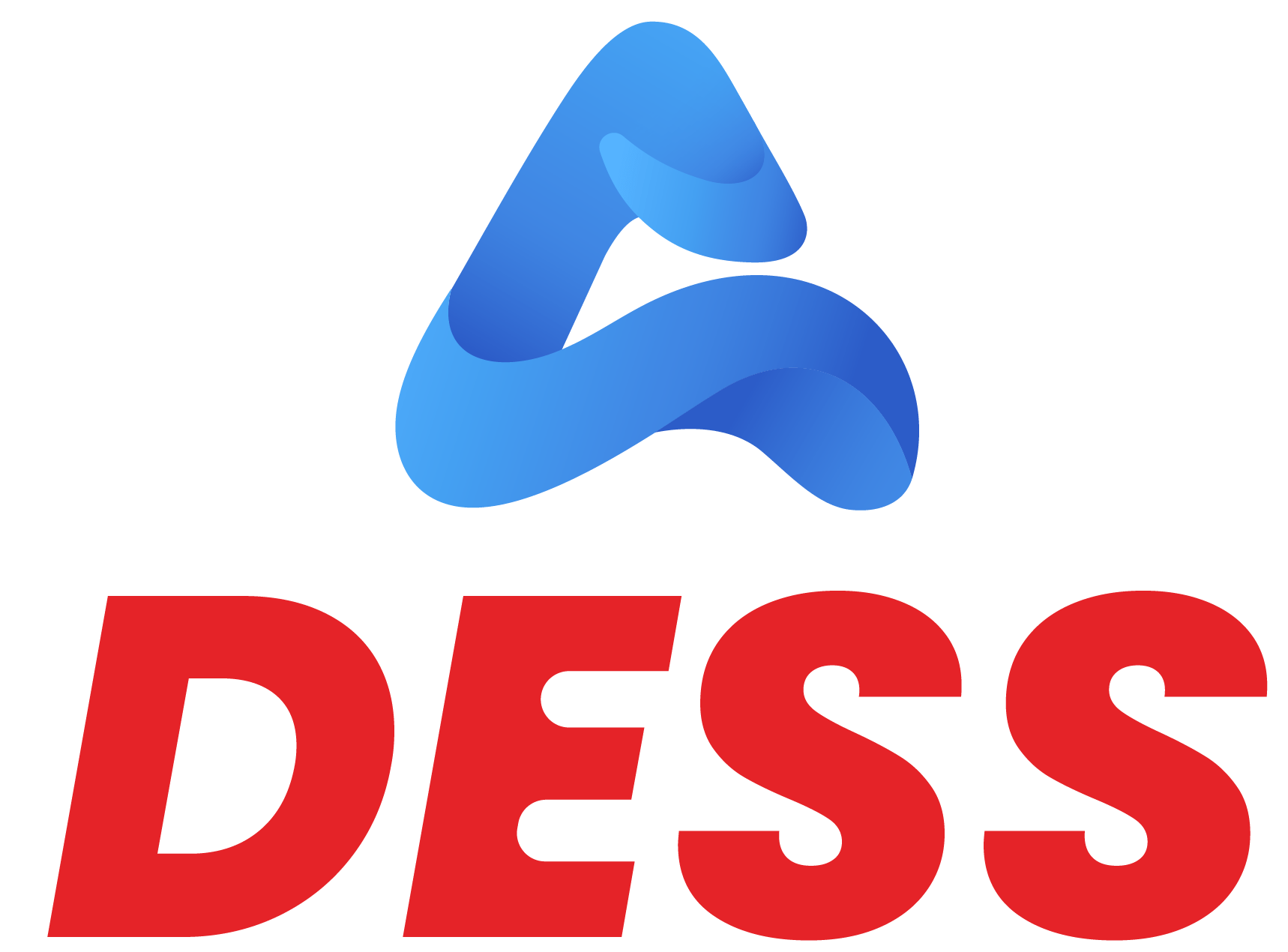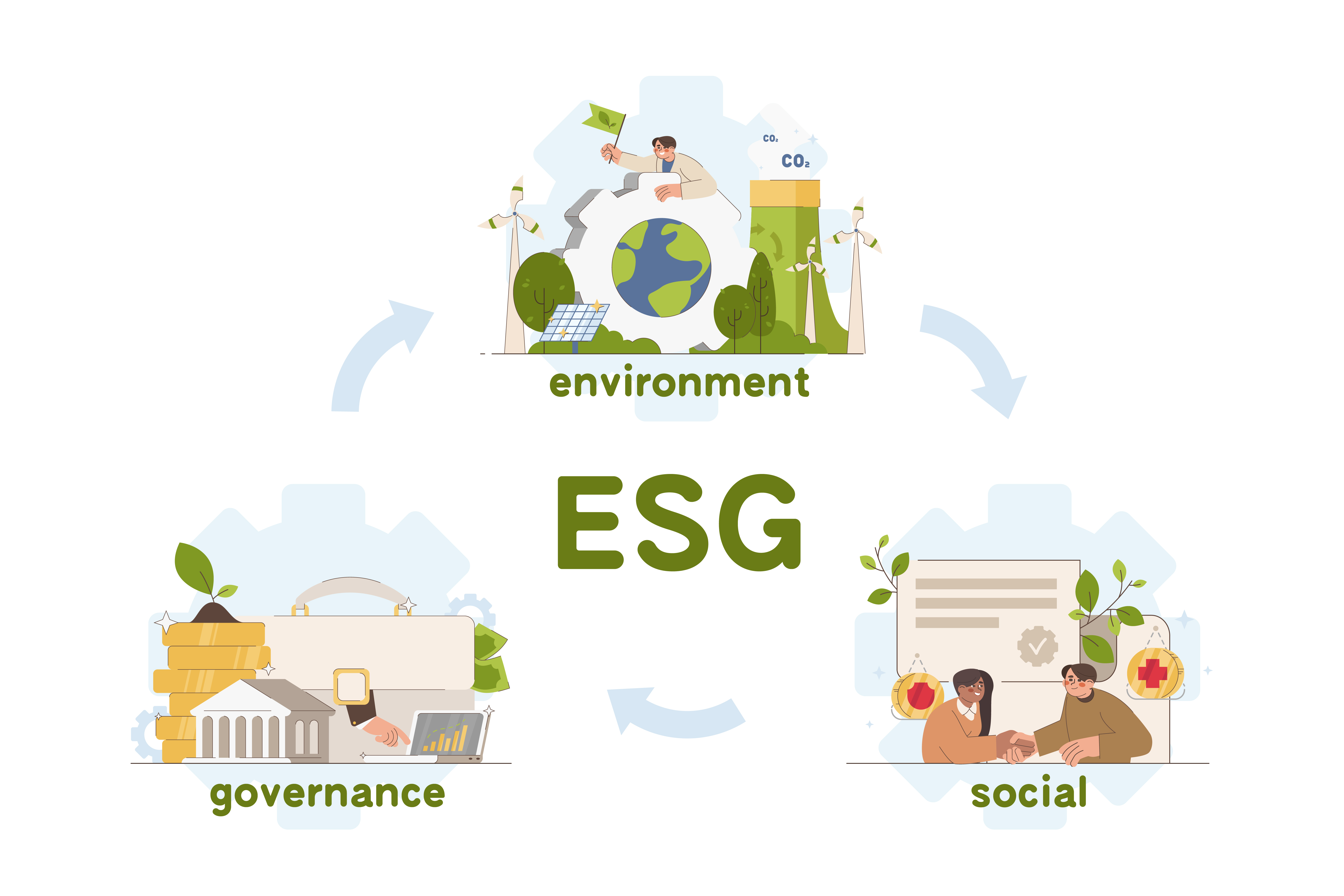In today’s fast-paced business environment, effective meetings are essential for driving progress, fostering collaboration, and achieving organizational goals. However, poorly planned and executed meetings can quickly become time-consuming and unproductive, and leave participants feeling disengaged and frustrated. Implementing best practices for agenda management is the key to ensuring that meetings are focused, efficient, and achieve their intended outcomes.
Understanding the Power of a Well-Crafted Agenda
An agenda serves as the cornerstone of any successful meeting. It acts as a roadmap, outlining the topics to be discussed, allocating time for each item, and identifying participants responsible for leading specific discussions. A well-crafted agenda provides clarity, structure, and direction, ensuring everyone involved arrives prepared and the meetings progresses efficiently towards achieving its goals.
Benefits of Effective Agenda Management:
- Enhanced Focus and Clarity: A clear agenda keeps the meeting on track, preventing discussions from deviating and wasting valuable time. This ensures participants remain focused on the most critical issues and objectives, leading to more productive and meaningful conversations.
- Increased Participation and Engagement: When participants understand the topics to be covered and their roles in the discussion, they are more likely to come prepared and actively contribute. This fosters a sense of ownership and responsibility, leading to more engaging and productive discussions.
- Improved Decision-Making: By outlining key discussion points and allocating sufficient time for each item, Agenda Management facilitates informed decision-making. Participants have the opportunity to consider different perspectives, engage in constructive dialogue, and reach well-considered conclusions.
- Boosted Efficiency and Productivity: Effective agenda management ensures meetings stay within the allotted time frame, preventing unnecessary time overruns and allowing participants to utilize their time effectively and focus on other important tasks.
Crafting Effective Agendas: A Step-by-Step Guide
1. Define the Meetings Objectives:
Before creating the agenda, clearly define the purpose and desired outcomes of the meeting. What do you hope to achieve by the end of the discussion? Answering this question helps determine the most relevant topics to include and ensures the agenda is aligned with the meeting’s goals.
2. Identify Key Discussion Points:
Based on the meetings objectives, brainstorm and list the key topics that need to be addressed. Prioritize these topics based on their importance and urgency, ensuring the most critical issues are covered first and the agenda remains focused and concise.
3. Allocate Time for Each Item:
Estimate the amount of time needed for each discussion point, considering the complexity of the topic, the anticipated level of discussion, and the number of participants involved. This helps maintain focus and prevents specific items from taking up excessive time, potentially derailing the entire agenda.
4. Assign Roles and Responsibilities:
For specific discussion points, consider assigning ownership or responsibility to individuals. This encourages active participation, ensures relevant expertise is brought to the table, and promotes accountability for leading specific aspects of the discussion.
5. Include Additional Information:
In addition to the core agenda items, consider including relevant information such as:
- Pre-reading materials: Provide participants with links to relevant documents or reports beforehand, allowing them to familiarize themselves with the topics and come prepared to contribute effectively .
- Supporting documents: Include links to any additional resources or data that will be referenced during the discussion, ensuring everyone has access to the necessary information.
- Specific questions to be addressed: Frame specific questions for each discussion point to stimulate thought, encourage participation, and guide the conversation towards achieving the desired outcome.
Utilizing Agenda Management Systems for Enhanced Efficiency
Agenda Management Systems offer valuable tools and features to streamline the agenda creation and management process. These systems can:
- Facilitate collaborative agenda creation: Teams can work together to build and refine the agenda, fostering collective ownership, ensuring all perspectives are considered, and promoting a sense of shared responsibility for the meeting’s success.
- Automate task assignment and reminders: Systems can automatically assign tasks and send reminders to participants, promoting accountability and ensuring timely preparation of materials and contributions.
- Enable real-time updates and document sharing: Participants can access the agenda, supporting documents, and any updates in real-time, facilitating informed participation and discussion.
- Generate and store meeting minutes: Some systems can automatically capture meeting minutes based on the agenda and discussions, saving time and ensuring accurate record-keeping.
Beyond the Basics: Additional Tips for Effective Agenda Management
- Distribute the agenda in advance: Provide participants with the agenda well before the meetings to allow them time to review the topics, prepare their thoughts, and come ready to contribute. Aim to distribute the agenda at least 24-48 hours in advance, depending on the complexity of the topics and the level of preparation required.
- Be flexible and adaptable: While the agenda provides structure, be prepared to adjust it as needed during the meeting. If unforeseen issues arise or discussions require additional time, remain flexible and adapt the agenda accordingly. This demonstrates responsiveness and ensures the meeting remains productive even in the face of unexpected circumstances.
- Seek feedback and continuously improve: After each meeting, solicit feedback from participants on the effectiveness of the agenda. Ask questions about clarity, focus, time allocation, and overall usefulness. Use this feedback to refine your approach for future meetings, ensuring agendas are even more focused, informative, and ready foro productive discussions.
- Embrace technology: Explore and utilize available Agenda Management Systems to streamline the process, enhance collaboration, and improve overall meeting effectiveness. These systems can offer valuable features like templates, voting tools, and analytics, further optimizing your agenda management practices.
By implementing these best practices and leveraging available technology, you can transform agenda management from a simple task into a strategic tool for orchestrating productive and engaging meetings. Remember, effective agenda management is an ongoing process that requires dedication and continuous improvement. By investing time and effort into crafting clear, focused, and well-structured agendas, you can ensure that your meetings are valuable, efficient, and contribute to achieving organizational goals.
Ready to take your meeting management skills to the next level? Start by implementing these valuable tips and explore agenda management systems to discover how they can support your efforts. Remember, effective agenda management is key to fostering a culture of productive meetings within your organization, leading to increased collaboration, improved decision-making, and ultimately, greater success.
Contact us today to learn more about Best Practices For Agenda Management

